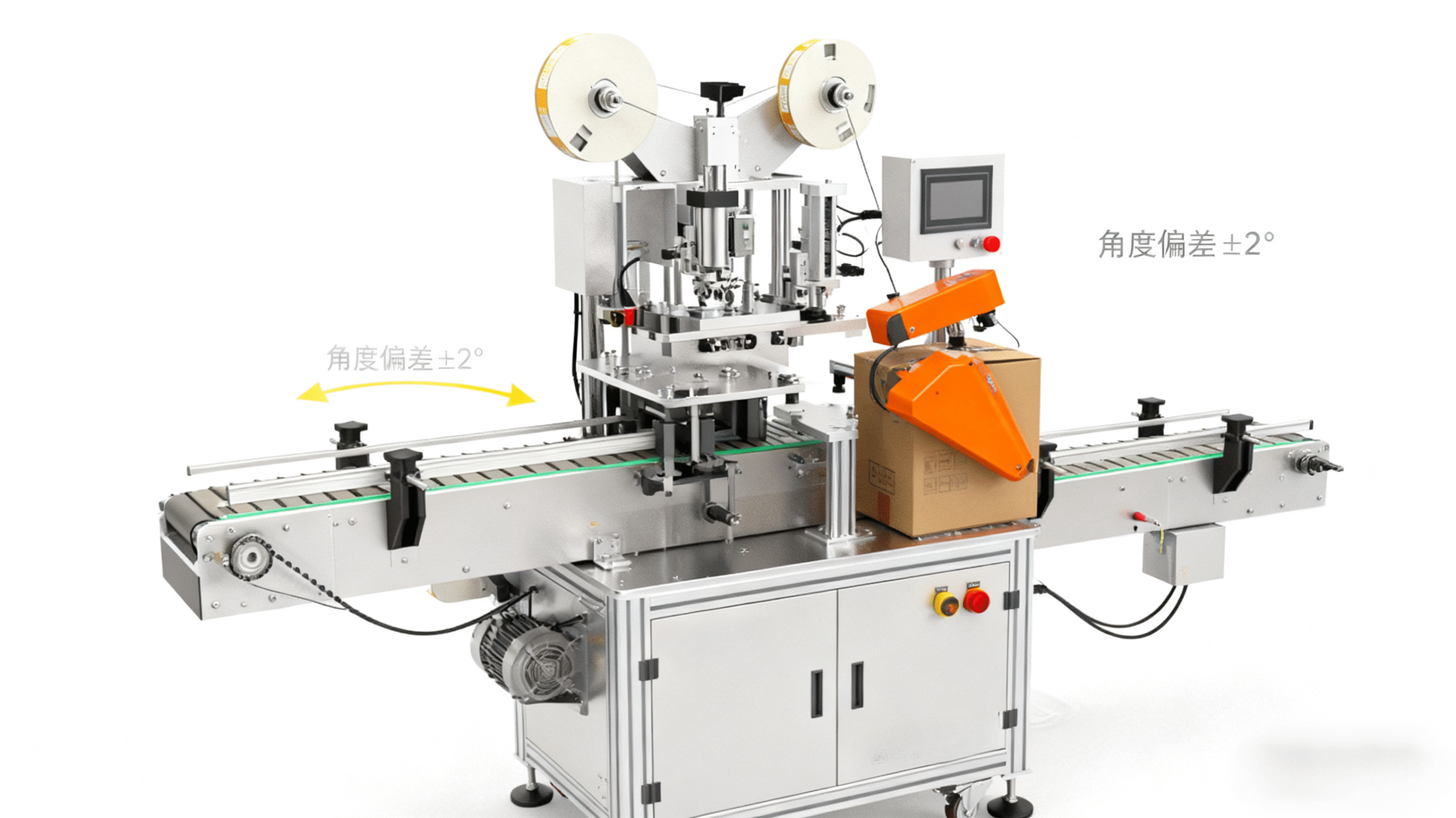In packaging production lines, label missing is one of the most frustrating issues— it wastes materials, slows down efficiency, and harms product presentation. According to industry troubleshooting data, over 70% of label missing problems stem from improper sensor (often called “electric eye”) adjustment . These three practical tips will help even beginners resolve the issue quickly.
1. Fine-Tune Sensor Position
Sensors act as the “eyes” of labeling machines, detecting product presence and label gaps to trigger labeling actions. Misalignment directly causes missed labels.
For product-detecting sensors: Mount them 3-5mm from the product surface, ensuring they’re close enough to sense targets without blocking conveyance . For round bottle labelers, align the sensor with the bottle’s highest point to avoid missed detection from curved surfaces.
For label-detecting sensors: Adjust their position so the label gap aligns with the sensor’s detection point. After adjustment, run a test: the ideal overlap between the peeled label and the next label should be 2-3mm . If too long or short, shift the sensor slightly until this standard is met.
2. Calibrate Sensor Sensitivity
Sensitivity mismatch is another major culprit behind missed labels. Over-sensitivity leads to false triggers from dust or light, while under-sensitivity causes failure to detect products .
Calibration steps:
- Set sensitivity to the midpoint initially.
- Test with actual products: If labels are missed, gradually increase sensitivity; if labels feed continuously, decrease it .
- For special cases: Use lower sensitivity for light-colored, reflective products to avoid interference, and higher sensitivity for dark or matte surfaces .
Professional tip: Use the “TEACH” mode on advanced sensors (like FX-301 series) to record both empty and product-present signals for automatic threshold setting .
3. Adjust Sensor Angle
Incorrect angle prevents sensors from capturing clear signals, especially for irregularly shaped products.
For flat-surface labelers: Ensure the sensor’s light beam is perpendicular to the product surface to avoid reflection errors .
For corner-labeling applications: Tilt the sensor 45° to the corner edge, matching the product’s conveying direction .
Use an angle gauge for precision— even a 10° deviation can reduce detection accuracy by 50% .
Post-adjustment verification is crucial: Run 50 consecutive labeling cycles. If no labels are missed, secure the sensor firmly. Remember to recheck weekly, as vibration can shift positions over time. With these adjustments, your labeling machine will regain reliable performance.


